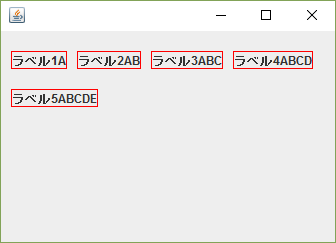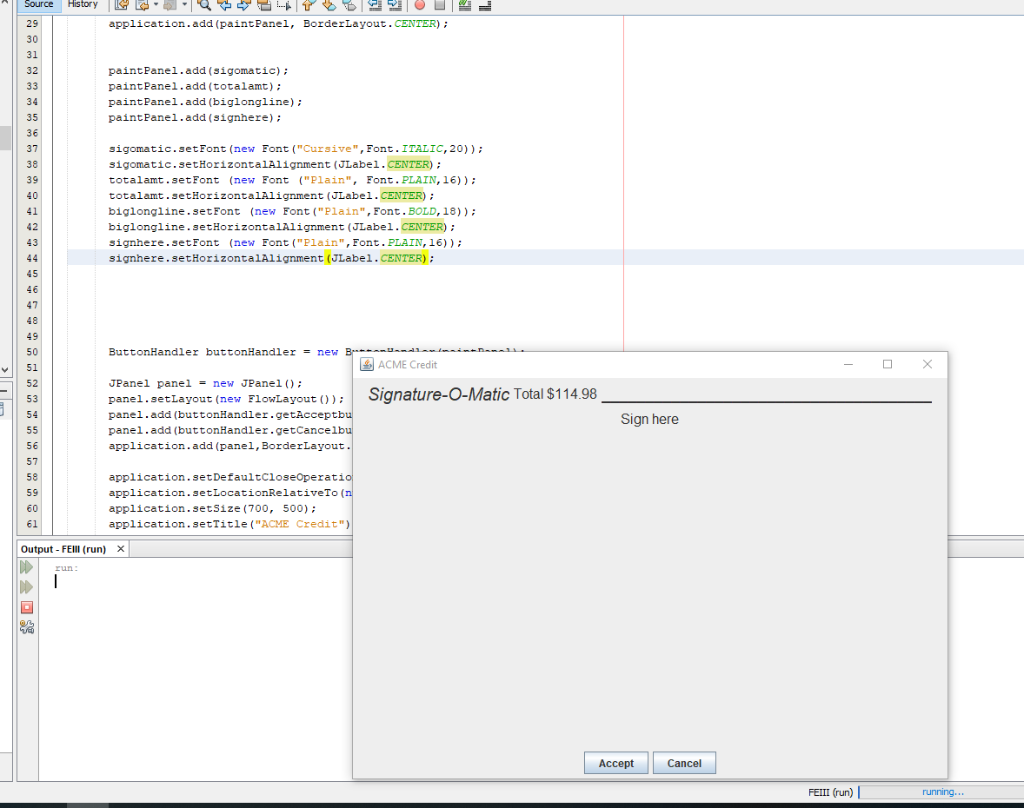

Without writing some code, I honestly have no idea what LEADING and TRAILING actually do. TRAILING - each row of components should be justified to the trailing edge of the container's orientation, for example, to the right in left-to-right orientations

LEADING - each row of components should be justified to the leading edge of the container's orientation, for example, to the left in left-to-right orientations RIGHT - each row of components should be right-justified Fields of the FlowLayout class: public static final int LEFT. This is the default layout of the applet or panel. FlowLayout is used to arrange components line by line, one after the other (in a flow). LEFT - each row of components should be left-justifiedĬENTER - each row of components should be centered I n this tutorial, we are going to see an example of FlowLayout in Java Swing. Here are the definitions for those align properties from the FlowLayout Javadoc:

Here’s what the FlowLayout constructor arguments look like:įlowLayout(int align, int horizontalSpacing, int verticalSpacing) The items are packed in their default position. This value indicates that each row of components should be left-justified.
FLOWLAYOUT LEFT JUSTIFY HOW TO
This code shows how to create a Java FlowLayout that flows left and has horizontal spacing of ten pixels and vertical spacing of five pixels:įlowLayout flowLayout = new FlowLayout(FlowLayout.LEFT, 10, 5) The items are packed flush to each other in the center of the alignment container along the cross axis. A flow layout arranges components in a directional flow, much like lines of.


 0 kommentar(er)
0 kommentar(er)
